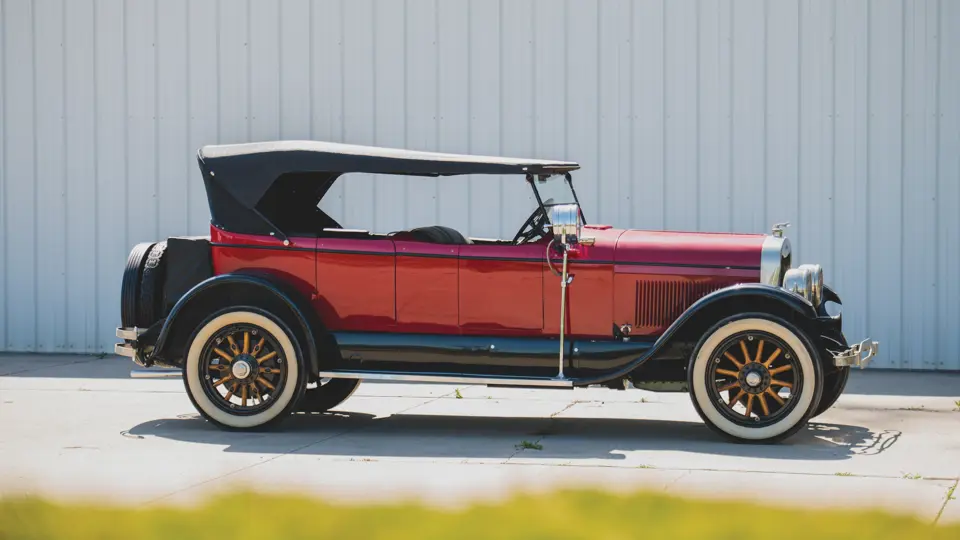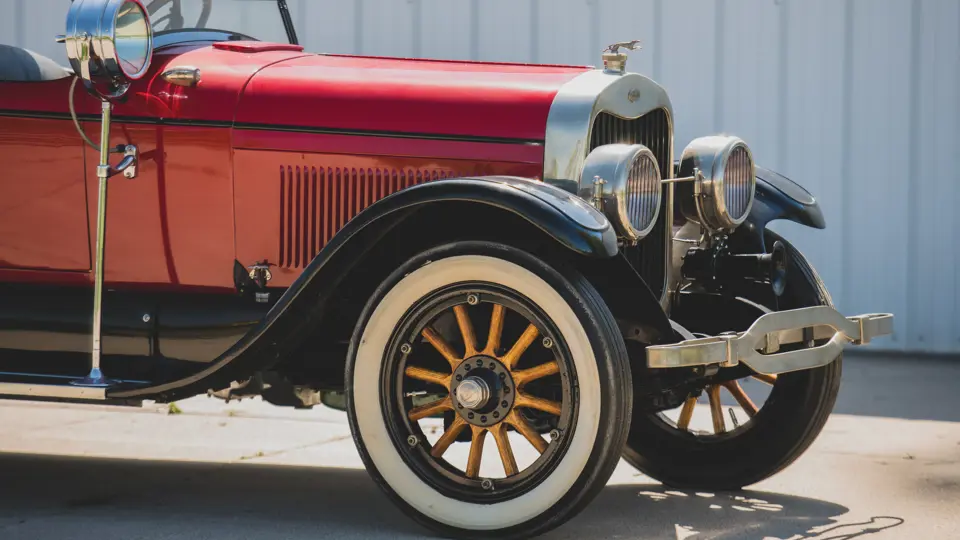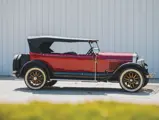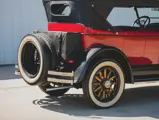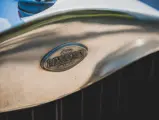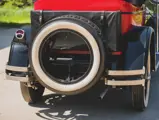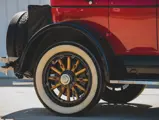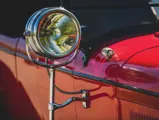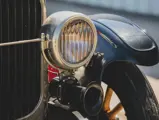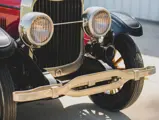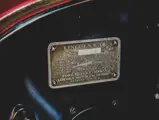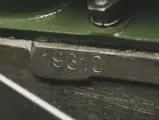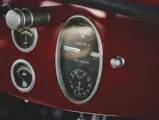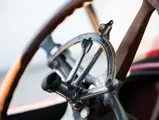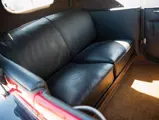
1924 Lincoln Model L Four-Passenger Phaeton
{{lr.item.text}}
$47,300 USD | Sold
The Merrick Auto Museum Collection
{{bidding.lot.reserveStatusFormatted}}
- Iconic early Lincoln
- Stunning Hermann Brunn design, body style 123A
- Classic Car Club of America (CCCA) Full Classic
- An ideal example for vintage touring
Lincoln was Henry Martyn Leland’s second automobile company, formed after he left Cadillac. The first Lincolns appeared in September 1920 to an enthusiastic reception by the press. However, a slow start to production compounded by a nationwide recession soon put Lincoln into receivership. Henry Ford came to the rescue, purchasing the Lincoln Motor Company for eight million dollars in 1922.
Lincoln became the flagship of Ford’s empire, its fortunes entrusted largely to his son Edsel. Sales were never immense, but Lincoln’s prestige was an asset, particularly after Edsel’s fine eye for design did away with the perpendicular Leland-era bodies. Edsel looked to coachbuilders for inspiration, enlisting such custom houses as Brunn, Judkins, Willoughby, Murphy, and Locke to provide bodies, many of which appeared in Lincoln’s catalogues.
The design of the four-passenger phaeton, Style 123, is attributed to Hermann Brunn, the renowned Buffalo, New York, designer and coachbuilder. Prior to selling out to Henry Ford, the Lelands engaged Brunn to make designs for the 1923 models. Among them was the seductive Style 123, but it was Ford who actually put it into production. Brunn was not a volume coachbuilder, so the American Body Company, also of Buffalo, was given the construction contract. Throughout the ’teens, the company built tens of thousands of bodies for Model T Fords. During the same period, American continued to supply bodies for prestige manufacturers like Marmon and Wills Ste. Claire. In total, American Body supplied 2,726 of the Lincoln style from 1923 to 1926, 829 of them in 1924. This car’s body number is 701.
This Lincoln four-passenger phaeton was assembled on 22 May 1924. Ford Motor Company records do not indicate its destination. The Merrick Auto Museum purchased it in 1996 from John Taylor of North Royalton, Ohio. The subject of a $40,000 restoration, it is painted maroon with black fenders and body molding. Upholstered in black leather, the car has a matching touring top. Varnished 12-spoke wood artillery wheels are mounted with Gehrig 33 × 5 whitewall tires on 23-inch demountable rims. Twin spares are carried at the rear behind a leather-covered trunk. The radiator cap bears Lincoln’s signature greyhound ornament, and there is a nickel-plated spotlight mounted on the right-hand running board.
Power comes from Lincoln’s 358-cubic-inch fork-and-blade V-8, developing 90 bhp at 2,800 rpm, which drives through a three-speed transmission. The Lincoln speedometer incorporates a Waltham clock; the odometer shows slightly more than 56,000 miles. An interesting feature is a cigarette lighter that pulls away from the dashboard with a retractable power cord.
Lincolns of this era are big and powerful. Recognized as Full Classics by the Classic Car Club of America, they are roomy, comfortable, and ideal for vintage touring.




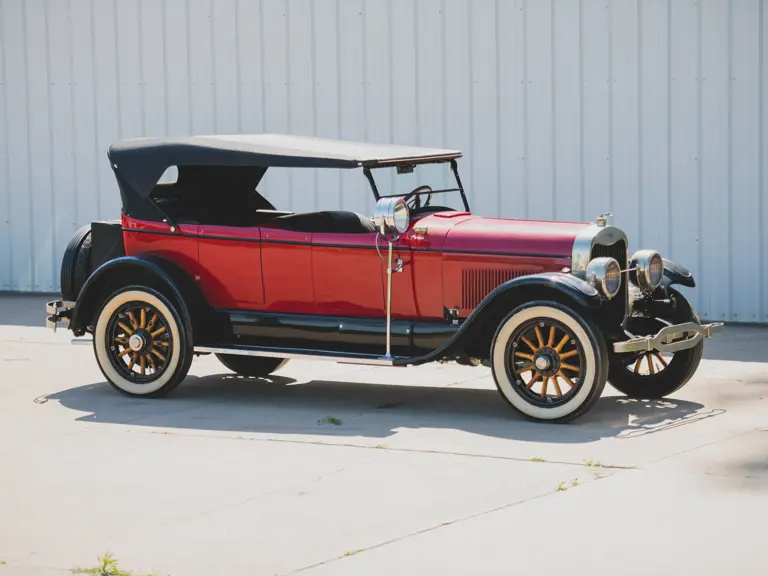
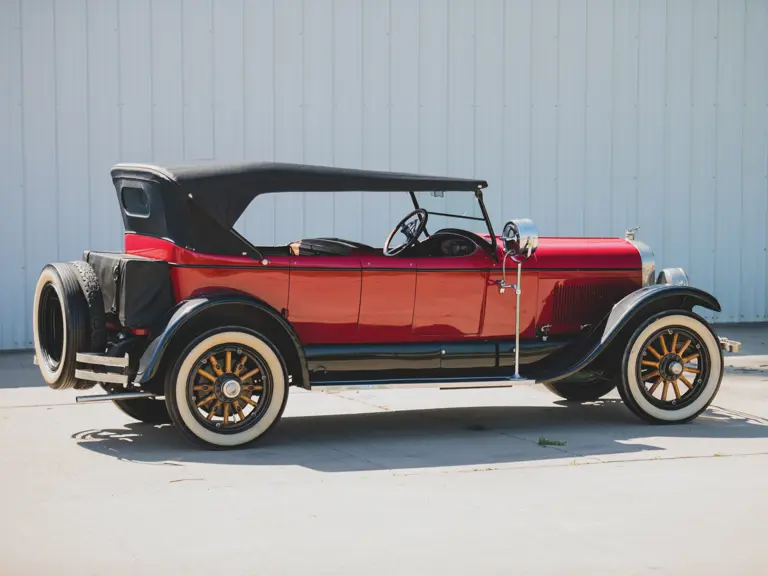
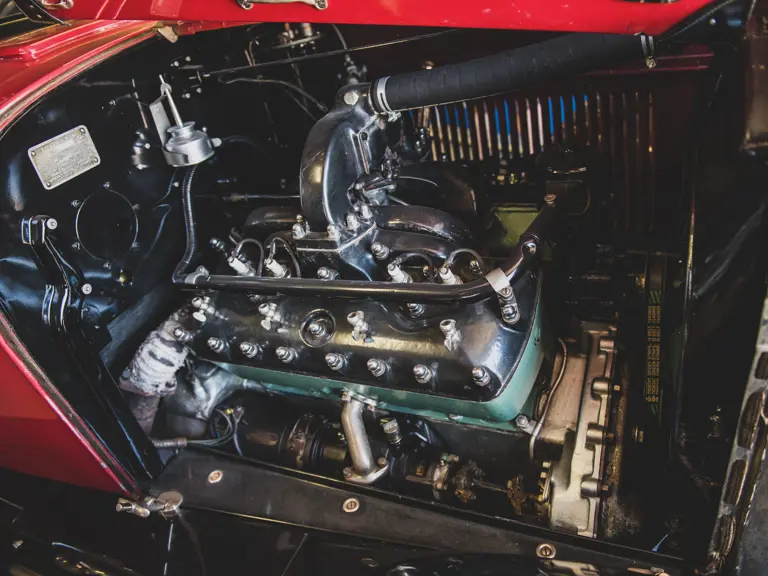
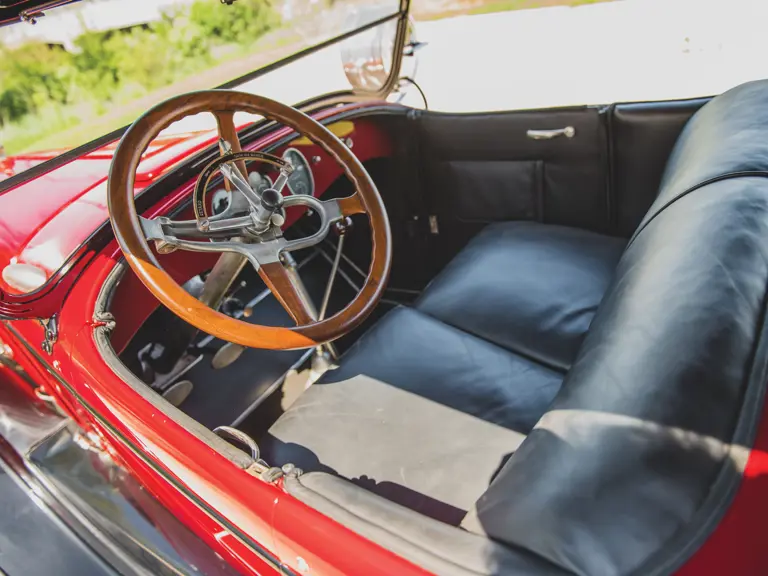



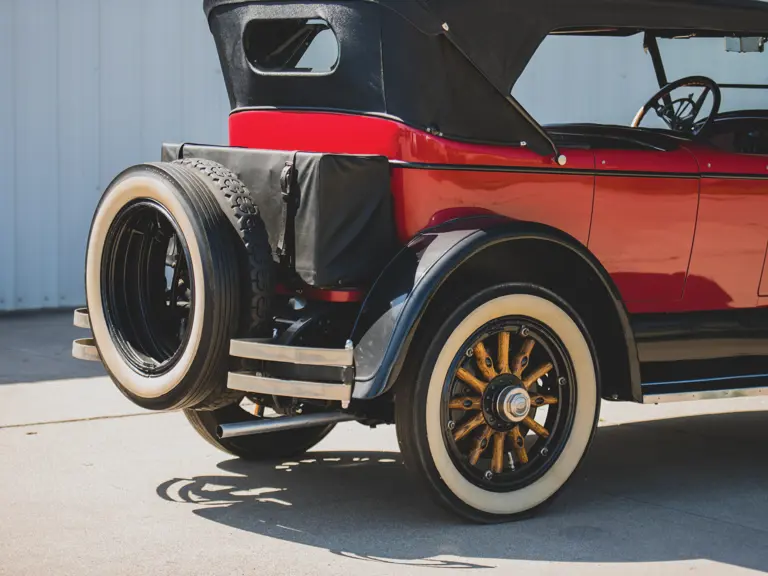
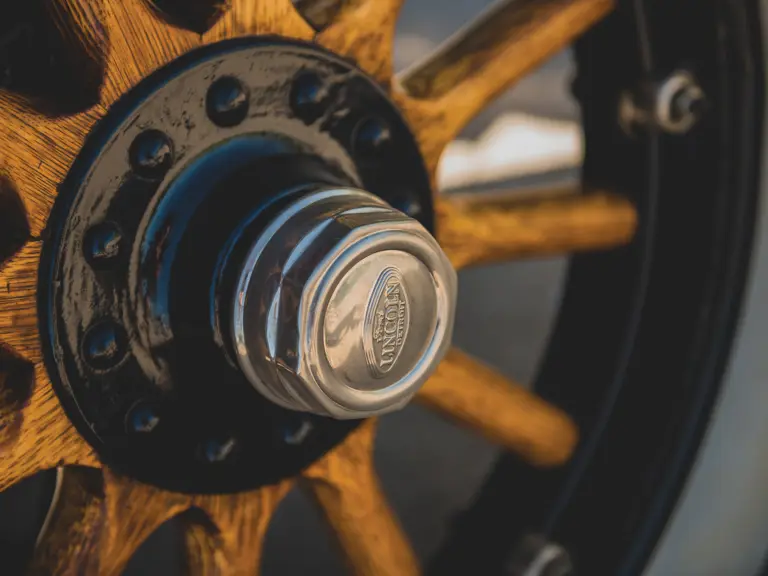
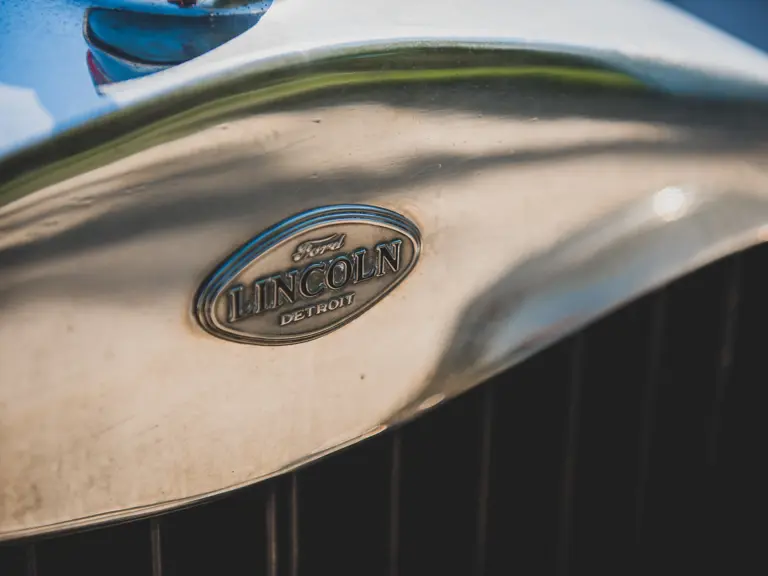

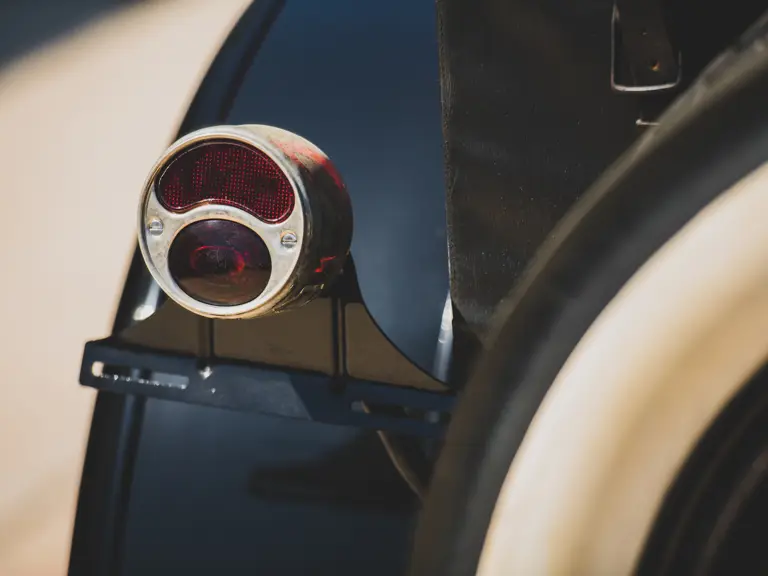

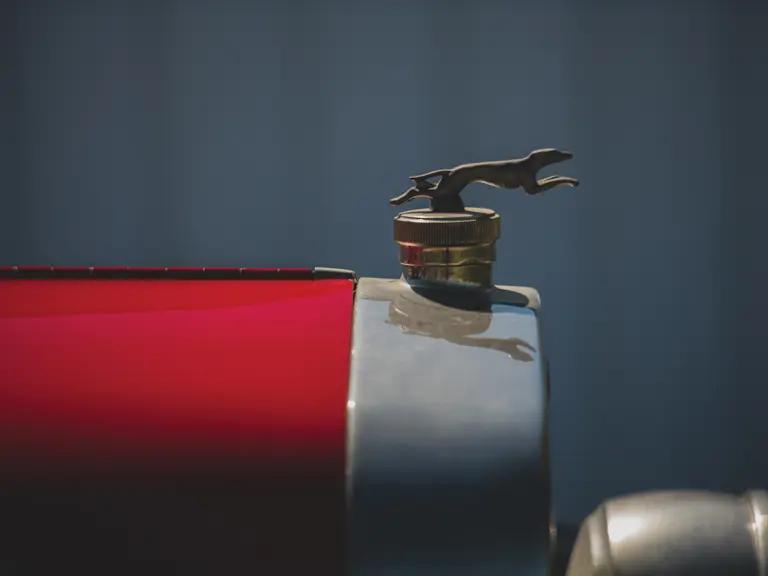
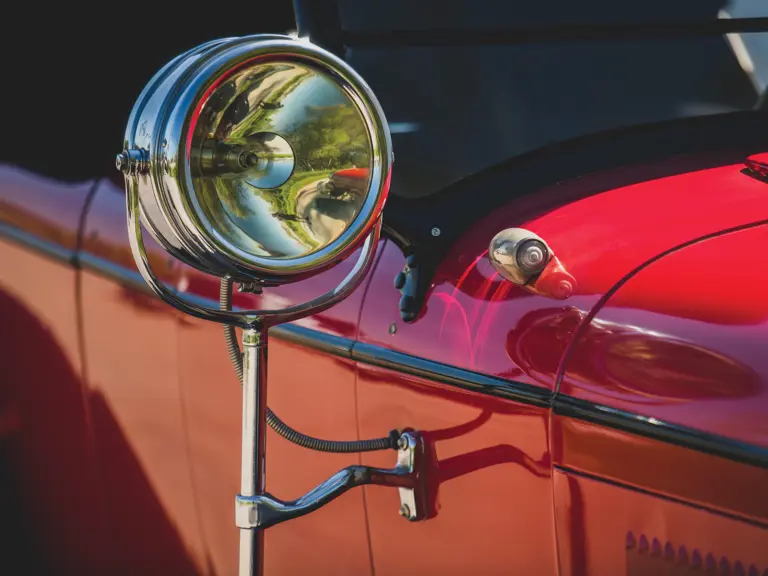
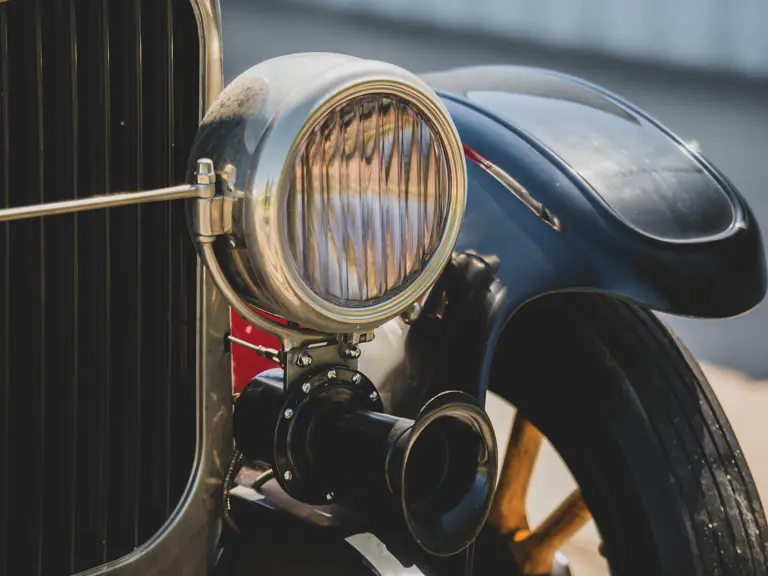
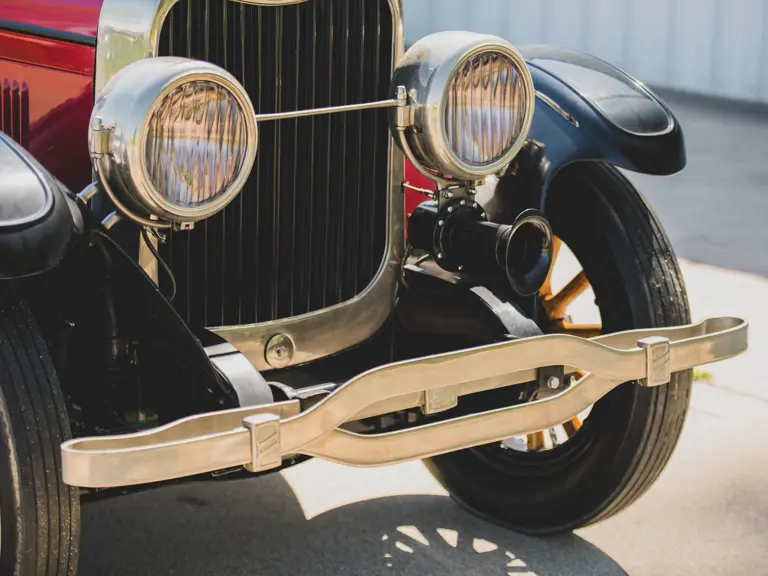
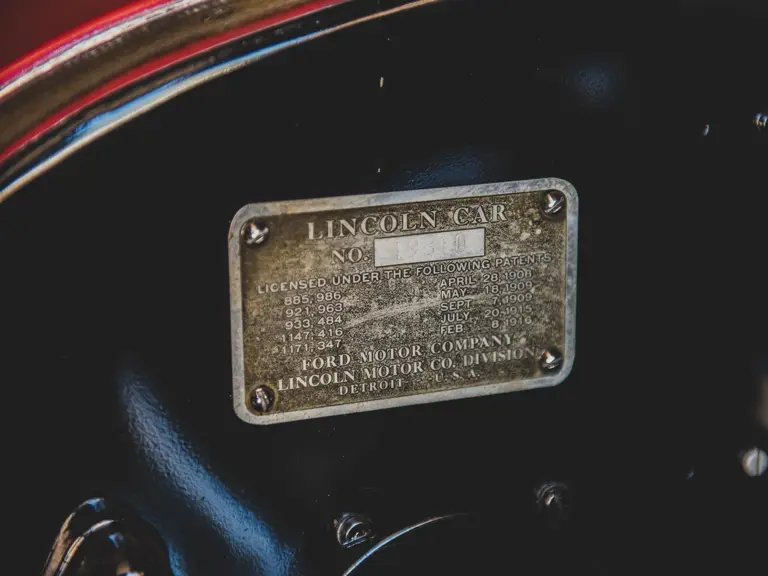
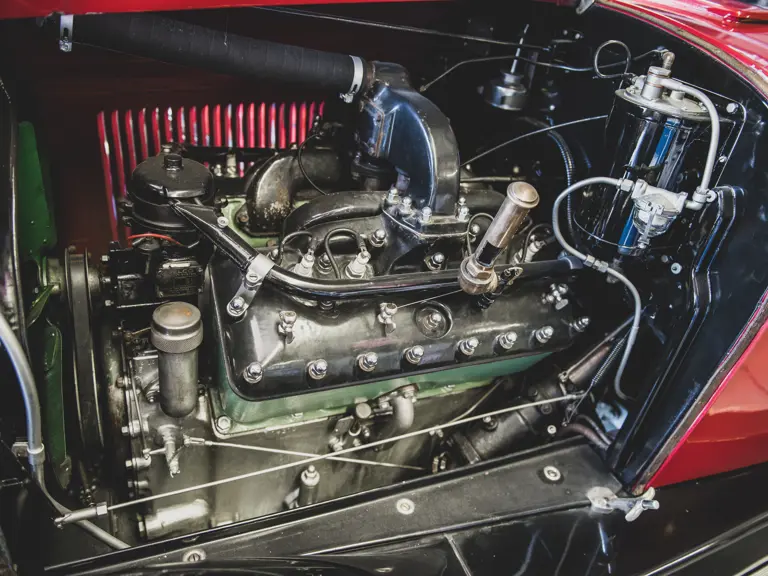
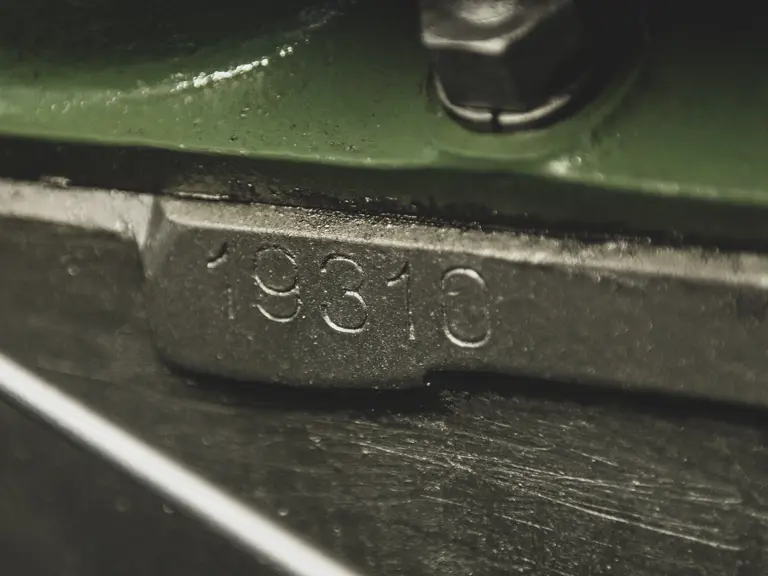


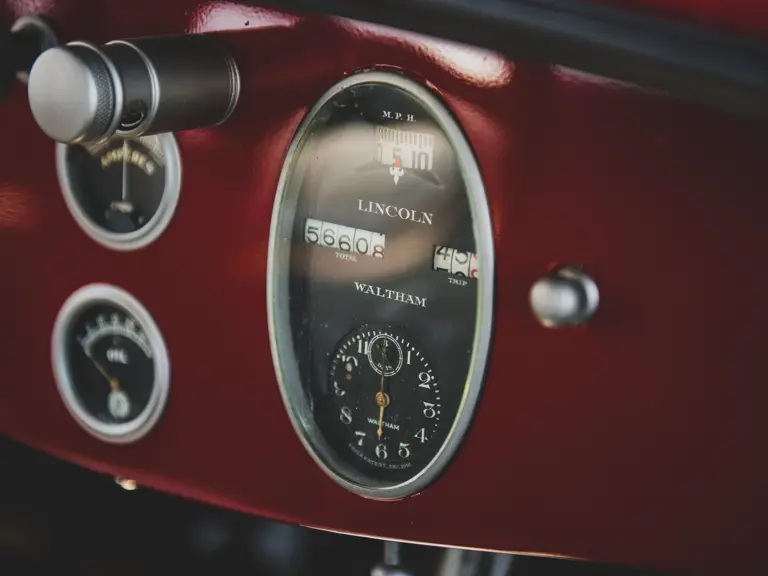
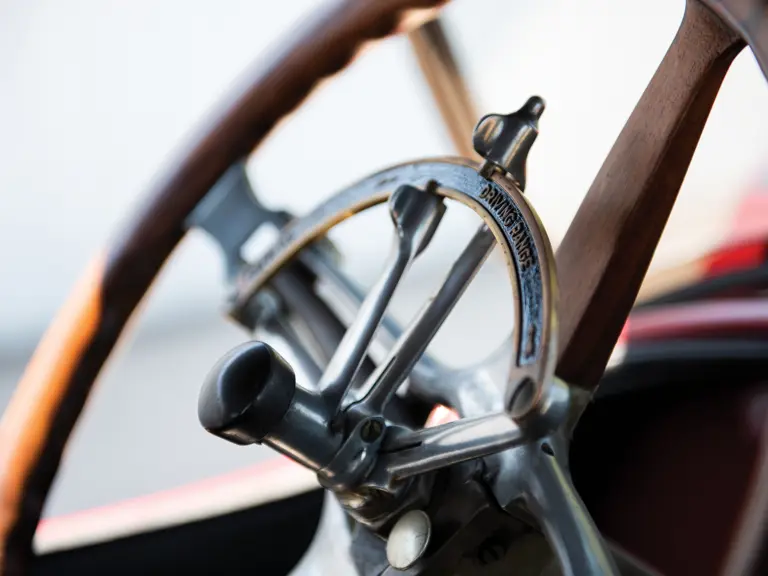
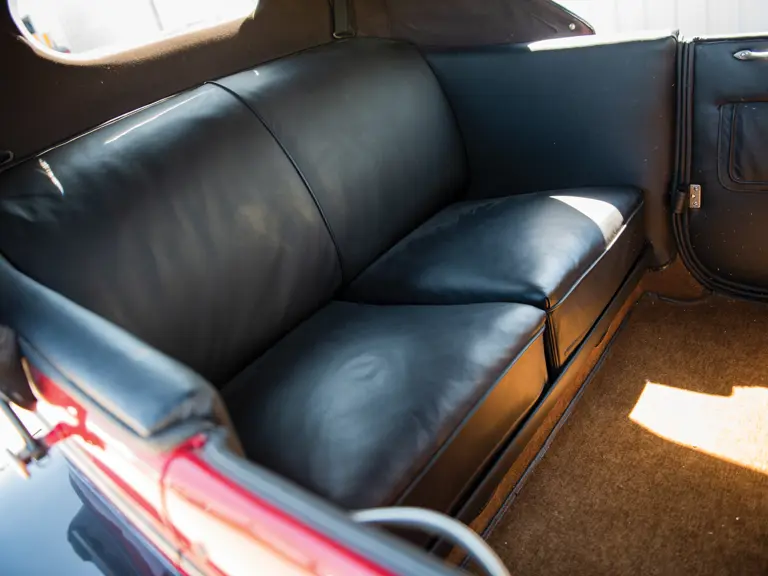
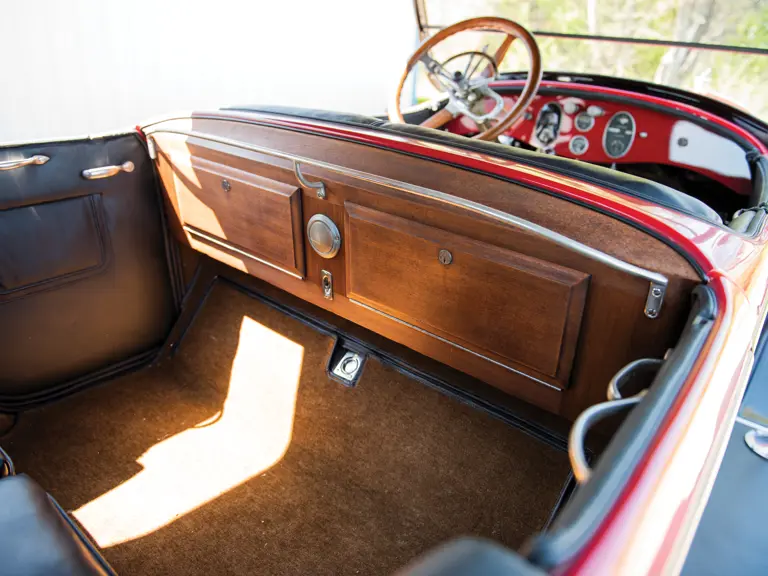
 | Hershey, Pennsylvania
| Hershey, Pennsylvania
